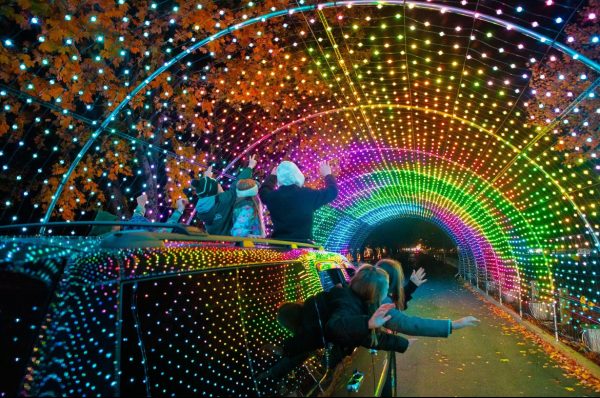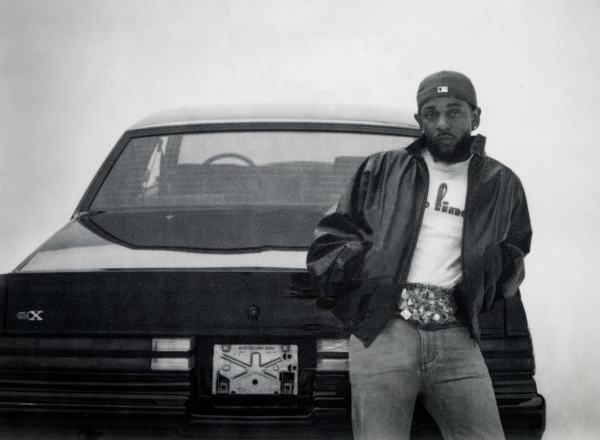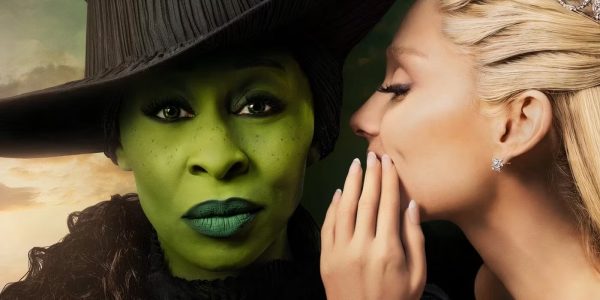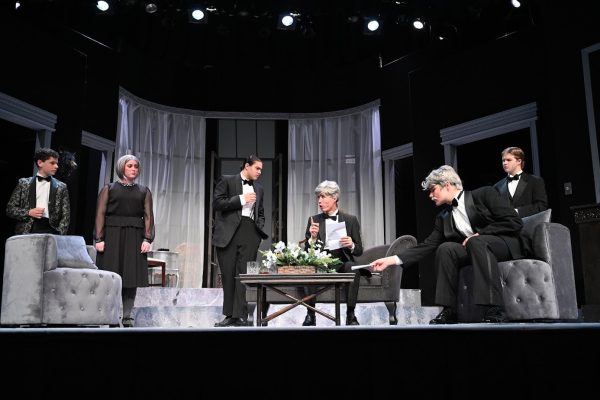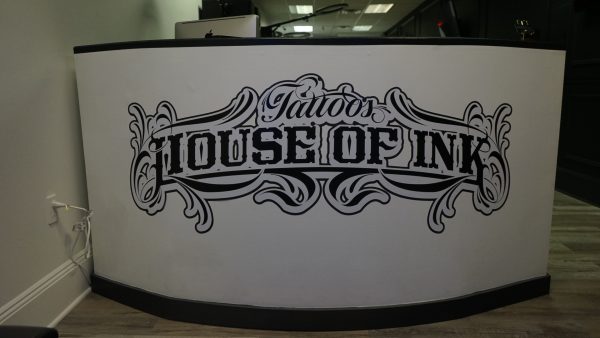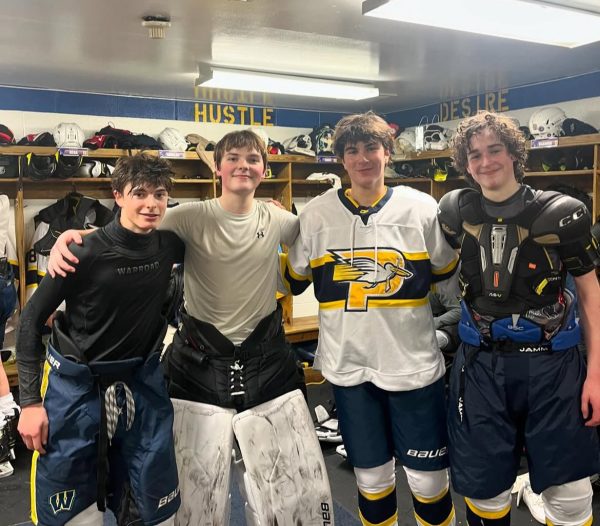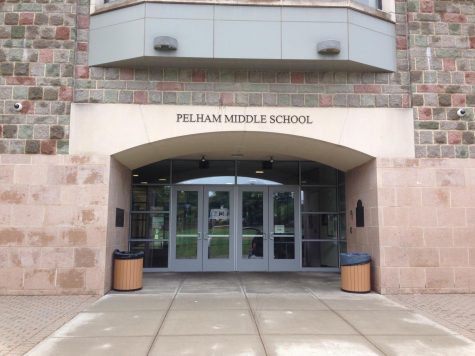‘Hugo’ elegantly reckons with finding one’s place in the world
Martin Scorsese’s name on a movie would give anyone the assumption that it’s going to be good and the 2011 “Hugo” adaptation of the book, “The Invention of Hugo Cabret,” is no exception. The movie tells the story of a curious boy trying to find his place in the world, living in a Parisian train station, working the clocks.
His real passion lies in restoring an automaton, a mechanical device made to look like after losing his father. Hugo Cabret is a young, recently orphaned boy, a human. Hugo feels that if he can fix the machine, he will receive a message from his father, and finally know where he belongs.
Scorsese does an impeccable job of capturing the setting of the train station and its various characters through detailed costume design, makeup, and set design. The viewer is immersed in Hugo’s adventure, as he runs through the train station, watching and interacting with the other characters.
The nostalgia of childlike wonder is encapsulated perfectly through the movie’s beautiful cinematography. The shots of Hugo and his friend Isabelle walking through the bookstore, running from the inspector, and then climbing inside the train station’s clock each bring the book to life. The inclusion of George Milies, the retired filmmaker, movies there is a wonderful easter egg for film fans. The various tints of the slides and the creativity of the sets gives a modern feel to an old style.
“Hugo” communicates universal feelings of longing, regret, heartbreak, and questioning one’s place in the world. Scorsese flawlessly brings these emotions together in a nostalgic and beautiful way. “Hugo” can be added to the list of Scorcese’s many great films.
Grade: A
Anna Esteverena is a graduate of the Pelham Memorial High School class of 2021. She played tennis and did track, was involved in a number of clubs, and...




